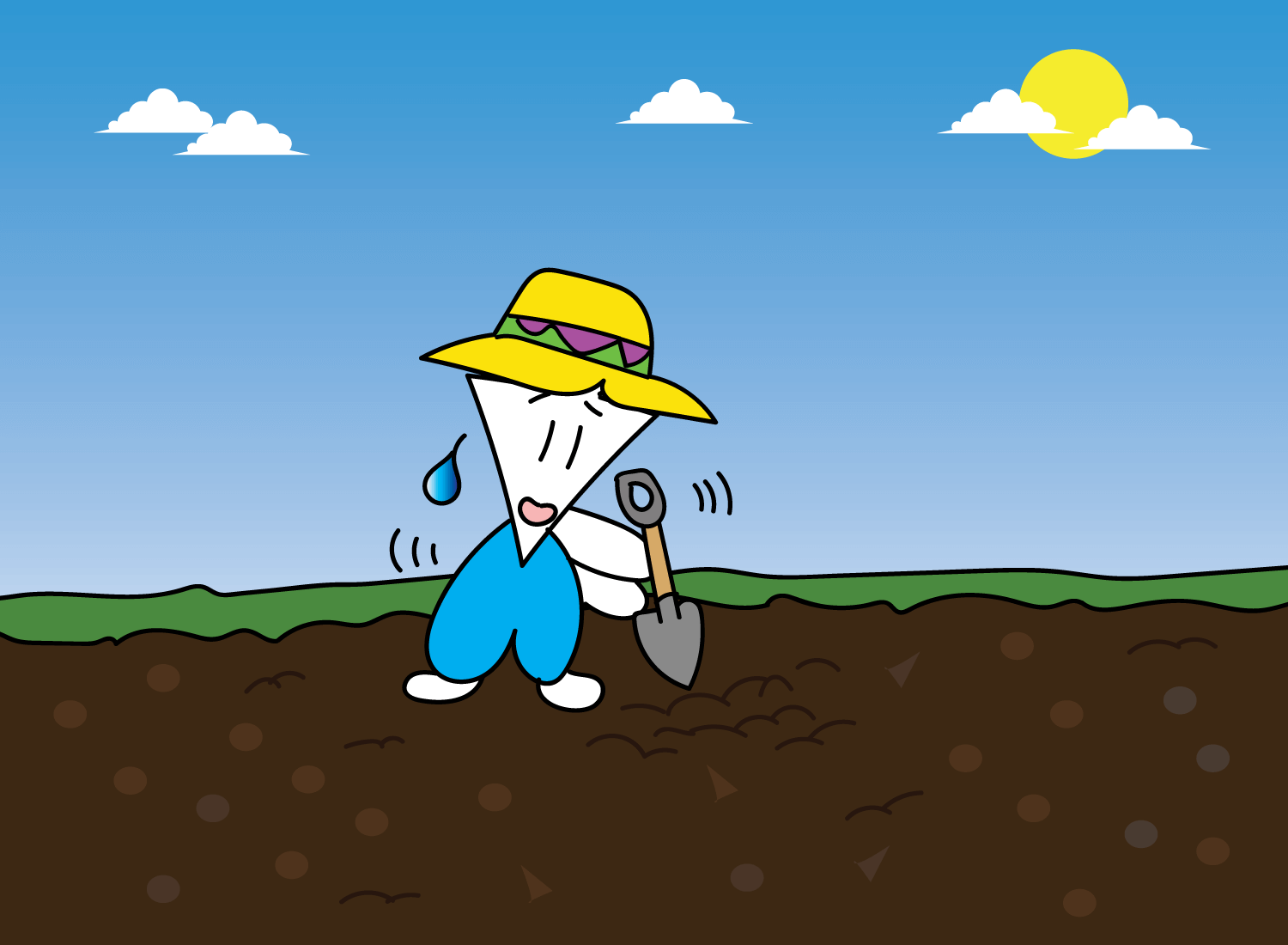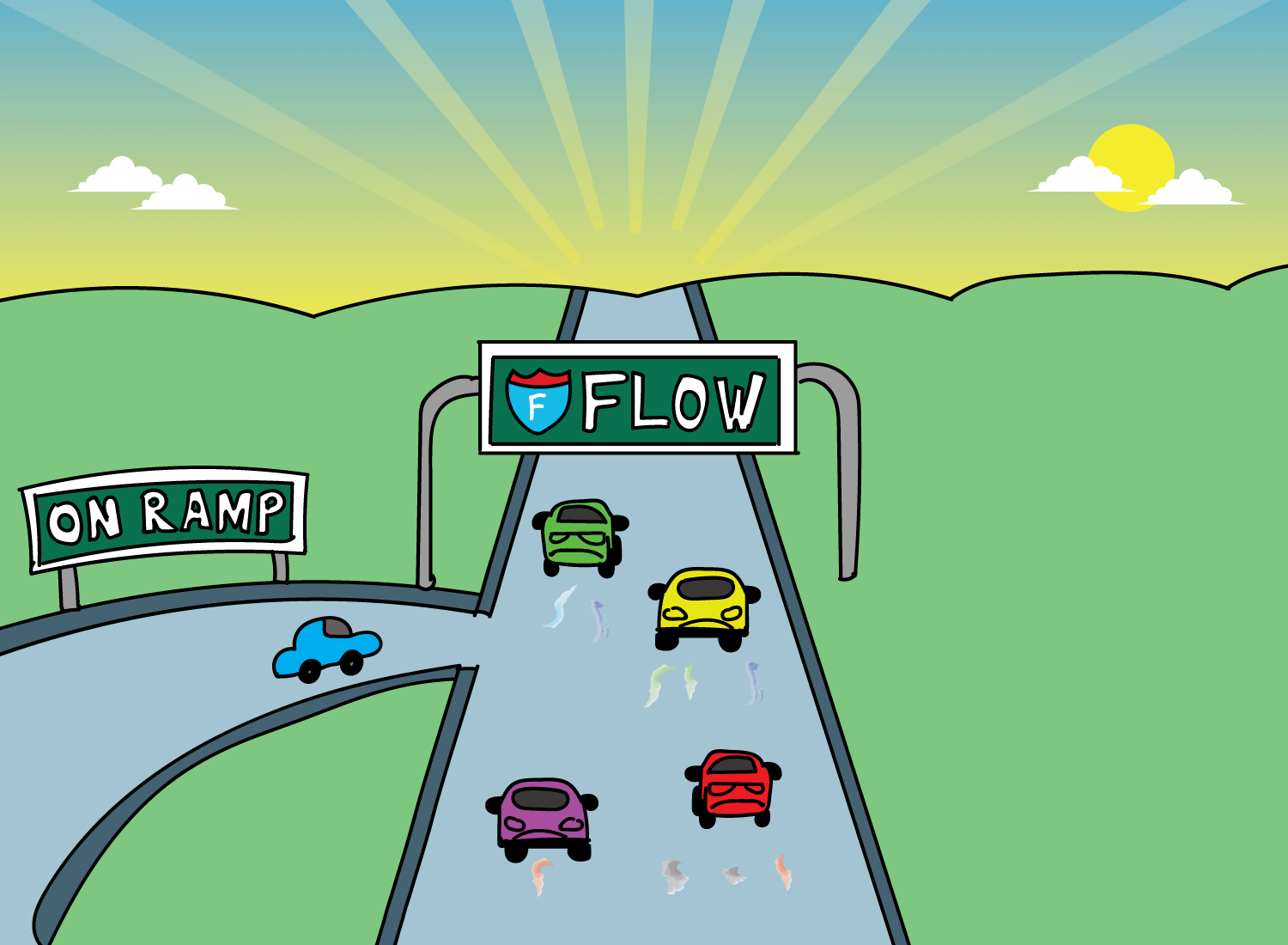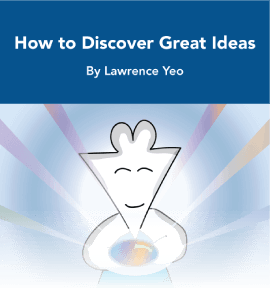Create for Just One Hour Each Day
If you can master the art of the start, then any creative endeavor is possible.
Creativity is a string of habits that is woven into the tapestry of self-actualization. The grand purpose of creativity is to actualize your potential, but its everyday expression is rooted in small actions that feel like they have little to no consequence.
A writer is someone that writes a lot of pieces, most of which are forgotten.
A photographer is someone that takes a lot of photos, most of which are forgotten.
And so on.
So to embody the identity of a creator, you have to look beyond the grand vision, and delve into the small building blocks that comprise it. As the famous quote by Annie Dillard states, “How we spend our days is, of course, how we spend our lives.” But to me, the more interesting statement is the one that follows it:
What we do with this hour, and that one, is what we are doing.
Here’s a reality that’s both depressing and empowering: Most people spend far less than an hour a day creating something. The depressing angle to this is quite obvious. The fact that so much potential is left untapped within vast stretches of humanity is a shame. One can only wonder what the world would look like if everyone took an hour each day to work on something that excites them.
The empowering angle, however, takes the flip side of the equation: If you spend just one hour creating something, you’re ahead of most people out there. In a world where the current of consumption is all-consuming, even a bit of creative friction goes a long way.
This is where habit formation comes into play. If you’re able to string together an hour each day on a creative endeavor, the results over time will be astronomical. The effects of compounding are magical in the long-term, but appear negligible in the short-term. So the key is to continue cultivating the patience required to show up each day, knowing that the fruits of your labor will arrive long after you’ve sown the seeds.
Given this dynamic, the next question to address is this:
How do you ensure that you get the most out of each hour?
The easy answer is to optimize that hour for flow states. To ensure that you’re in a setting where you can be fully absorbed in what you’re creating, and to have that be the sole character in your theater of attention.
The difficult answer is in explaining how exactly to do that.
Every person has their own rituals or routines, but a common theme for everyone is that flow states need time to emerge. There’s usually an arduous on-ramp it needs to traverse before it can merge onto the magical highway of seamless expression. So the key is to ensure that you stay on the on-ramp for however long you need until a flow state emerges and can sustain itself on its own.
That point where the on-ramp transitions into the highway is what I call the escape velocity of flow. It’s where the struggle of the start transitions into the fluidity of the moment, and you feel immersed in the craft. The closest term I’d point to here is what the Daoists call wu-wei, or effortless action. It’s something that’s almost impossible to put into words, but unmistakably felt when experienced in its fullness.
You’ll find no shortage of advice on how to achieve this escape velocity, but here’s my take:
(1) Eliminate all distractions. The key to staying on that difficult on-ramp is to remove anything that allures you away from it. You’ll need sustained focus to power you through the moments where you feel like pivoting your attention to something easier. In my case, I use a wonderful program called Cold Turkey Writer. It effectively turns your computer into a typewriter for a predetermined period of time, so you can’t do anything but write during that session.
(2) Walk around if you’re feeling stuck. If you tend to sit or stand in one place when you create (like I do), then getting the body in motion is a great way to get the mind moving. What’s important is that you don’t use your body to shuttle yourself over to your phone, which will then swiftly remove your mind from the on-ramp. Take small breaks to walk around your room, but ensure that your attention is still focused on what you’re working on.
(3) Get something out, even if it feels like gibberish. Starting is often half the battle, primarily because everything is so uncertain. But what’s great about painting your first brushstroke is that your starting point is no longer a blank canvas. You have a new foundation to work off of, and while that foundation is small, it represents progress because it’s a product of your creative energy. This will naturally lead to more brushstrokes, and by the end of your session, you’ll have something tangible that you didn’t quite imagine when you started. This is the magic of creativity: The commitment to starting is the force that propels you throughout the entire work. New connections build on top of old ones, and slowly but surely, a web of ideas that were previously hidden from view begin to emerge.
Regardless of how you approach your daunting on-ramp, the key is to develop a habit that allows you to stay on it for as long as you need. For any given hour, it may take a few minutes to achieve the escape velocity of flow, or it may take a lot longer. It’ll depend on a variety of factors, but the core of the endeavor can be distilled into a simple yet powerful statement:
Just. Keep. Going.
_______________
_______________
For three stories that will help you find your voice as a creator, and remind you of what it takes to keep going:
Creativity Starts Before Anything Is Made




